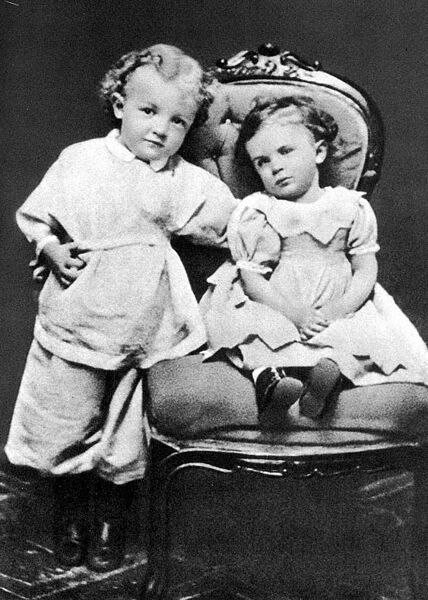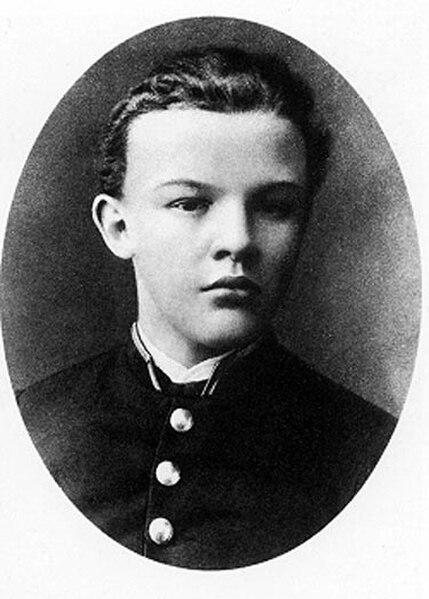The Bolsheviks, led by Vladimir Lenin, were a far-left faction of the Marxist Russian Social Democratic Labour Party (RSDLP) which split with the Mensheviks at the Second Party Congress in 1903. The Bolshevik party seized power in Russia in the October Revolution of 1917, and was later renamed the Communist Party of the Soviet Union. Their ideology and practices, based on Leninist and later Marxist–Leninist principles, are known as Bolshevism.
1920 Bolshevik Party meeting: sitting (from left to right) are Yenukidze, Kalinin, Bukharin, Tomsky, Lashevich, Kamenev, Preobrazhensky, Serebryakov, Lenin and Rykov in front
Bolshevik, Boris Kustodiev, 1920
Leon Trotsky, Vladimir Lenin and Lev Kamenev
"Down with Bolshevism. Bolshevism brings war and destruction, hunger and death", anti-Bolshevik German propaganda, 1919
Vladimir Ilyich Ulyanov, better known as Vladimir Lenin, was a Russian revolutionary, politician, and political theorist. He served as the first and founding head of government of the Russian Soviet Federative Socialist Republic from 1917 until his death in 1924, and of the Soviet Union from 1922 until his death. Under his administration, Russia, and later the Soviet Union, became a one-party socialist state governed by the Communist Party. Ideologically a Marxist, his developments to the ideology are called Leninism.
Lenin in 1920
Lenin's childhood home in Simbirsk (pictured in 2009)
Lenin (left) at the age of three with his sister, Olga
Lenin c. 1887








